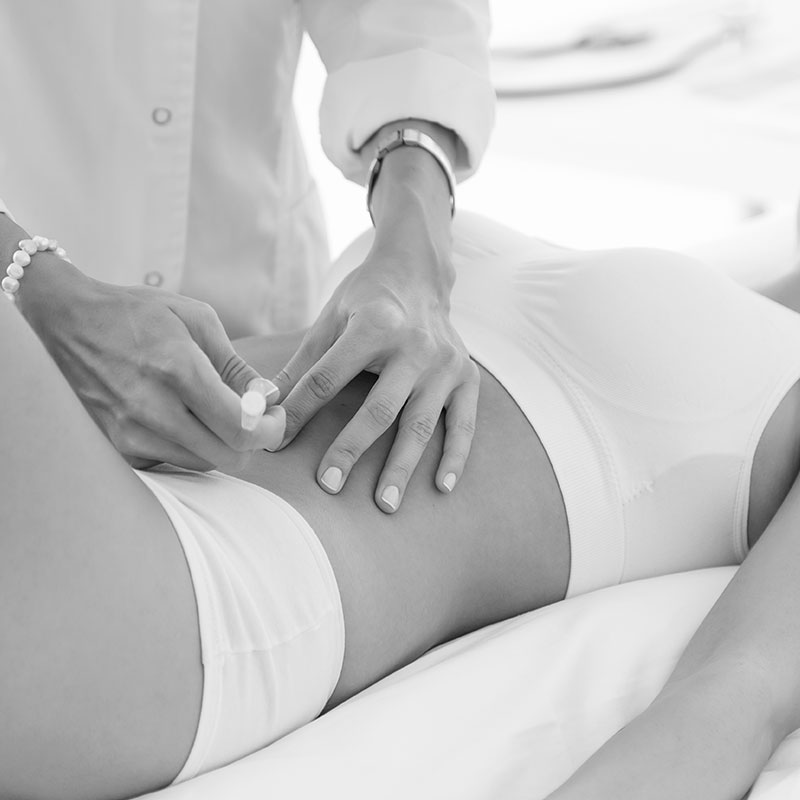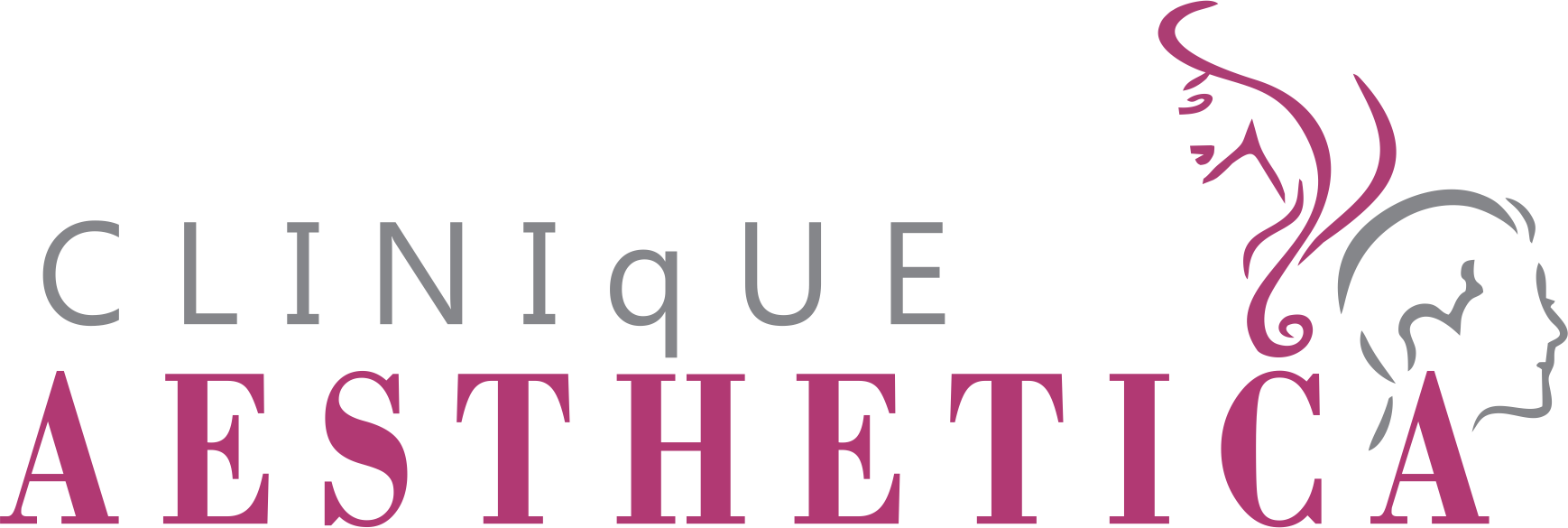Abdominoplasty in Mumbai

You may benefit from abdominoplasty if you have loose screen and fat that is concentrate in the abdomen. Abdominal skin may become a flaccid due to substantial wait loss muscles that have been separated weakened by pregnancy can be tightened by abdominoplasty as well. The appearance of stretch mark especially those located below navel can be substantially improved by this procedure.
OVERVIEW: ABOUT ABDOMINOPLASTY
Abdominoplasty, also known as a "tummy tuck," is a surgical procedure that involves the removal of excess fat and skin from the abdominal area. It can also involve the tightening of the muscles in the abdominal wall. The procedure is often performed to improve the appearance of the abdomen and to create a smoother, firmer contour. It is typically performed on individuals who have loose, sagging skin around the abdomen due to weight loss, pregnancy, or aging. The procedure involves making an incision in the lower abdomen, usually just above the pubic area. The excess skin and fat are then removed, and the muscles in the abdominal wall are tightened if necessary. The remaining skin is then pulled taut and sutured into place. In some cases, a drain may be placed under the skin to help remove excess fluid. Abdominoplasty can be a major surgery and typically requires a few days of hospitalization. It is usually performed under general anesthesia and can take several hours to complete. The recovery process can be lengthy, with most people returning to work and other normal activities within about two to four weeks after the surgery. It is important to note that abdominoplasty is not a substitute for weight loss or a healthy lifestyle. It is most effective for individuals who are close to their ideal body weight and who have good skin elasticity. It is also essential to have realistic expectations about the results of the surgery. While it can improve the appearance of the abdomen and create a firmer, smoother contour, it will not necessarily give you a "perfect" abdomen or eliminate all signs of aging.
Are you the right candidate? Book yourself a consultation and diagnosis from the best plastic surgeon in Mumbai.
If you are considering undergoing abdominoplasty in Mumbai, you should speak with a qualified plastic surgeon in mumbai who can assess your situation and determine if you are a good candidate for the procedure.
In general, good candidates for abdominoplasty are individuals who:
- Are in good overall health
- Are at or near their ideal body weight
- Have good skin elasticity
- Have loose, sagging skin on the abdomen that does not respond to diet and exercise
- Have excess fat or skin on the abdomen due to weight loss, pregnancy, or aging
- Have realistic expectations about the results of the surgery
Certain medical conditions may make you a less suitable candidate for the procedure. For example, if you have a history of poor wound healing or a condition that affects your ability to heal, you may be at a higher risk for complications. Your surgeon will be able to assess your situation and advise you on whether or not you are a good candidate for the procedure.
Which procedure is best suitable for you?
Several techniques can be used to perform an abdominoplasty, and the best approach for you will depend on your circumstances and the goals you hope to achieve through the procedure. Some of the most common techniques include:

- Full abdominoplasty: This is the most common type of abdominoplasty and involves making an incision across the lower abdomen, just above the pubic area. The excess skin and fat are then removed, and the muscles in the abdominal wall are tightened if necessary. The remaining skin is then pulled taut and sutured into place.
- Mini abdominoplasty: This is a less invasive procedure that is used to treat excess skin and fat in the lower abdominal area. It involves making a smaller incision, usually just above the pubic area, and removing excess skin and fat from the lower abdominal region. The muscles in the abdominal wall are not tightened in this procedure.
- Extended abdominoplasty: This technique is used to treat excess skin and fat on the upper and lower abdomen. It involves making an incision across the lower abdomen, as in a full abdominoplasty, and extending the incision around the sides of the body to the lower back. This allows the surgeon to remove excess skin and fat from the upper abdominal region as well.
- Reverse abdominoplasty: This rarer procedure is used to treat excess skin and fat on the upper abdomen. It involves making an incision above the belly button and removing excess skin and fat from the upper abdominal region. The muscles in the abdominal wall are not tightened in this procedure.
It is important to note that these are just a few examples of the different techniques that can be used to perform an abdominoplasty, and there may be other variations as well. Your surgeon can advise you on the best approach for your situation.
What are the benefits of abdominoplasty?
There are several benefits to undergoing an abdominoplasty, including the following:
- Improved appearance: The most obvious benefit of an abdominoplasty is that it can significantly improve the appearance of the abdomen. It can remove excess skin and fat, create a firmer, smoother contour, and eliminate sagging or bulging in the abdominal area.
- Increased confidence: Many people who undergo an abdominoplasty report increased self-confidence and a more positive self-image.
- Improved posture: An abdominoplasty can help improve posture by tightening the muscles in the abdominal wall. This can help reduce back pain and improve overall physical functioning.
- Enhanced physical activity: People with excess skin and fat on their abdomen may feel self-conscious about their appearance and may be limited in their physical activity. An abdominoplasty can help remove these barriers and allow people to be more active and participate in the activities they enjoy.
- Health benefits: In some cases, an abdominoplasty can also have health benefits. For example, removing excess fat from the abdominal area can help reduce the risk of certain health conditions, such as type 2 diabetes and heart disease.
It is important to note that an abdominoplasty is not a substitute for a healthy lifestyle and should not be viewed as a quick fix for weight loss or other health problems. However, it can effectively improve the appearance and function of the abdominal area in specific individuals.
What are the risks associated with abdominoplasty?
As with any surgical procedure, there are certain risks and complications associated with an abdominoplasty. Some of the most common risks include:
- Infection: There is a risk of infection after any surgery, and an abdominoplasty is no exception. This risk can be minimized by following your surgeon's wound care instructions and taking any antibiotics prescribed after the procedure.
- Bleeding: There is a risk of bleeding during and after an abdominoplasty. This risk can be minimized by avoiding medications that increase the risk of bleeding, such as aspirin and nonsteroidal anti-inflammatory drugs (NSAIDs), for at least two weeks before and after the procedure.
- Adverse reactions to anesthesia: Anesthesiology carries its own risks, including allergic reactions, nausea, and vomiting. These risks can be minimized by discussing your medical history with your anesthesiologist before the procedure.
- Scarring: An abdominoplasty involves making an incision in the skin, which will leave a scar. The scar will be located just above the pubic area and permanent. However, it should fade over time and will be hidden by most clothing.
- Numbness: It is common to experience some numbness in the abdominal area after an abdominoplasty, particularly around the incision site. This numbness usually resolves on its own over time, but in some cases, it may be permanent.
- Asymmetry: As with any surgical procedure, there is a risk of asymmetry after an abdominoplasty. This means that one side of the abdomen may look slightly different from the other. In most cases, this is minor and not noticeable to others, but it may be more pronounced in some cases.
It is essential to discuss these risks and any concerns you may have with your surgeon before the procedure. Your surgeon will be able to provide you with more information about the risks specific to your situation and will work with you to minimize them as much as possible.
How long does it take to recover from abdominoplasty?
Recovery from abdominoplasty can vary depending on the individual and the extent of the procedure. Most people can generally return to work and other normal activities within two to four weeks after the surgery. However, listening to your body and allowing yourself sufficient time to rest and recover is vital.
During the first few days after the procedure, you will likely experience swelling, bruising, and discomfort in the abdominal area. Your surgeon will prescribe pain medication to help manage these symptoms. It is essential to follow your surgeon's instructions for wound care and avoid any strenuous activity during recovery.
You will need to wear a special compression garment after the surgery to help reduce swelling and support the abdominal muscles. Your surgeon will provide instructions on how to wear and care for the garment.
You must follow up with your surgeon regularly after the procedure to ensure your recovery is progressing as expected. It is essential to report any concerns or unusual symptoms to your surgeon promptly.
It is also essential to remember that an abdominoplasty is a major surgery, and the recovery process can be physically and emotionally demanding. It is normal to feel some frustration or disappointment during this time, but it is essential to be patient and allow yourself the time you need to heal.
Why Choose Dr. Vinod Vij?
In his tenure thus far of 26 yrs, Dr. Vinod Vij has performed abdominoplasty on numerous patients with excellent outcomes. His training achievements from the best teachers in mumbai and abroad and his association with accredited hospitals and their high-standard facilities of stay, diagnostics, surgery, and post-procedure care available are all that you can ask for.
How much pain can I expect after the procedure, and how will it be managed?
You can expect to experience some discomfort and pain after an abdominoplasty. This is normal and results from the surgical incision and the manipulation of the tissues in the abdominal area. Your surgeon will prescribe pain medication to help manage the discomfort. It is essential to take medicine as directed and to notify your surgeon if your pain is not well controlled.
It is normal to experience some swelling and to bruise in the abdominal area after the procedure. These symptoms should gradually improve over time. You should notify your surgeon promptly if you experience any unusual symptoms, such as a fever, excessive swelling, or persistent pain.
How many months does it take to recover fully and show abdominoplasty results?
You will be able to lead normal work and other routine activities life within two to four weeks. The final results of the procedure may be apparent within several months as the swelling resolves and the incision heals fully.
How much does the procedure cost in mumbai, and does it include follow-up visits and any necessary revisions?
The abdominoplasty cost in mumbai can vary depending on several factors, including the extent of the procedure, the location of the surgery, and the surgeon's fees. In general, the cost of an abdominoplasty can range from approximately 200,000 to 400,000 rupees.
It is important to note that the cost of abdominoplasty may or may not include all fees related to the procedure.
In some cases, the cost of abdominoplasty may be covered by insurance if the procedure is deemed medically necessary. So, check with your insurance provider.
It is also essential to remember that an abdominoplasty is a major surgery and that the results are generally long-lasting. However, it is not uncommon for people to require touch-up procedures or revisions at some point after the initial surgery. These additional procedures may add to the overall cost of the procedure.







